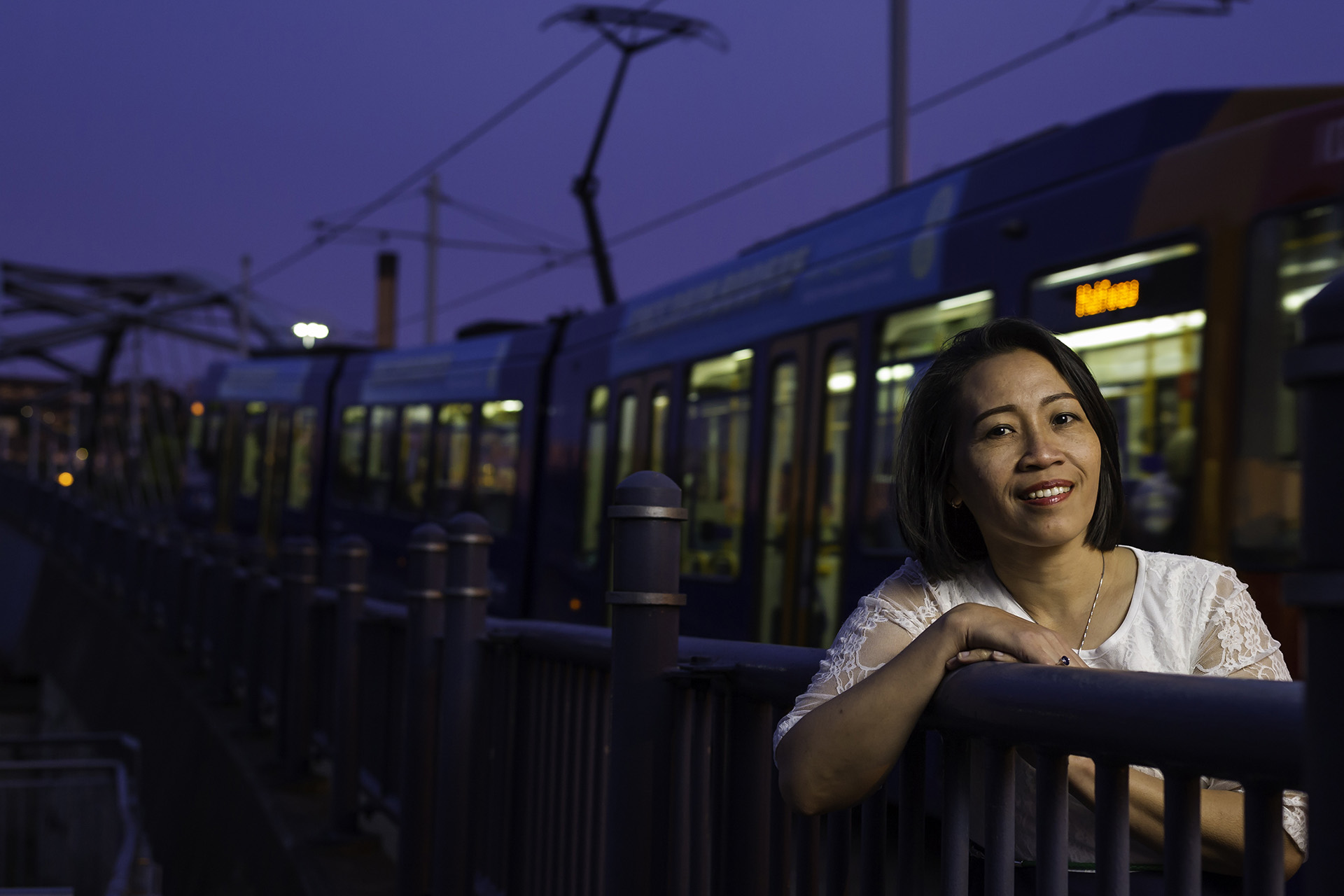Preview: Arrivals, Making Sheffield Home
The vilification of immigrants in the media has skewed the reality of life in diverse communities, but a Sheffield photographer is determined to show the real picture
They say that every picture tells a story, but when images of migrants are used so frequently under alarming headlines the individual tales are often lost. The latest exhibition at Weston Park Museum in Sheffield also looks at immigration through a lens – but with added context and humanity.
Arrivals: Making Sheffield Home is a powerful series of portraits documenting the experiences of residents who travelled from across the globe to settle in the city each year between 1945 and 2016.
Each of the images on display is accompanied by the emotive story of its subject, both humanising immigration and celebrating diversity.
“When I was developing the project, it seemed to me that the media was beginning its current campaign of vilification against immigrants, which has only accelerated since then,” says Sheffield-based photographer Jeremy Abrahams, who conceived the idea two years ago as a mature college graduate.
“The idea crystallised thanks to my friend Sue Pearson, who came to Sheffield as a refugee from Prague in 1939, then became the head teacher of a local nursery school,” says Abrahams, who moved from London with his wife and daughter in 1988 to train as a teacher himself. “In her retirement, she went into other schools talking about her experiences, which I found inspirational.”
Abrahams reached out to the immigrant community. He listened to their stories and heard the broad range of circumstances that had led to relocation – from bravery and triumph, to love and loss – and built a pattern of migration in the city.
One of the most poignant tales uncovered by Abrahams is that of Haji Dodola, who he met through a local support group run by the Refugee Council. A corrupt Ethiopian general election in 2005 led to Dodola living in a Kenyan refugee camp for six years, where snakes, scorpions and malaria were an ever-present danger. There, he met his wife and saw the birth of two of his three children, before the family were resettled in Sheffield in 2012.
In the portrait Dodola sits happily with his children amid the beautiful surroundings of the Peace Gardens, a popular social area in the city centre. “It looks like a standard family snapshot,” explains Abrahams, who acquired many of his participants with the assistance of community groups. “However, when you consider his story, suddenly the meaning of the picture changes significantly.”
Each subject was asked to choose the location of their photograph, which provided a parallel portrait of Sheffield’s varied landscape. He gained unrestricted access to locations, with many recognisable venues opening their doors to him.
“For one photograph, the University of Sheffield permitted access onto the roof of their Arts Tower, which offered a commanding 360 degree panorama of the city,” he says. “Another took us inside Sheffield City Hall. We were allowed the entire auditorium to ourselves, which resulted in one of the most dominant images in the exhibition.”
Abrahams’ dedicated approach to his project has highlighted the rich multiculturalism that has benefited Sheffield over the decades. It also shows the community’s positive attitude towards immigration at a time when opinions are often misconstrued.
“All of these people are embedded into our lives and communities. They make enormous contributions,” he says.
“And whilst each of their back stories is uniquely individual, there was a common trend of them staying here because they felt comfortable and welcomed.”
Arrivals: Making Sheffield Home is until 12 February 2017

Leave a reply
Your email address will not be published.